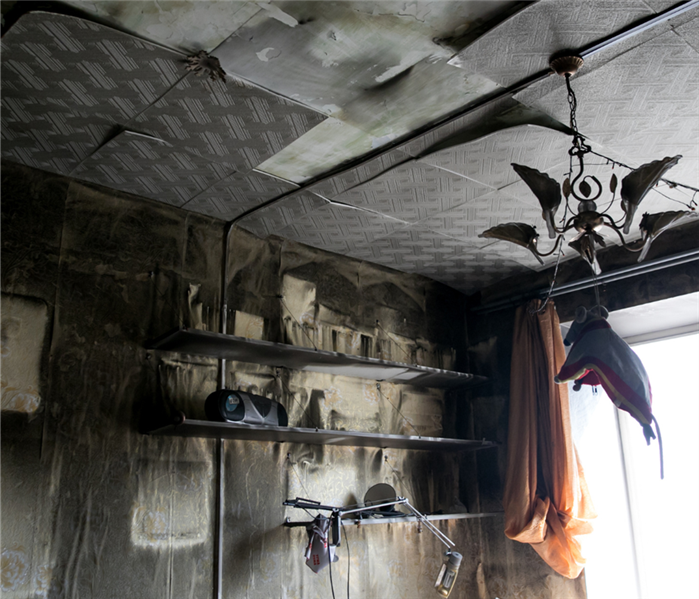Understanding HVAC Puffbacks and Restoration Cleaning
10/17/2024 (Permalink)
Understanding HVAC Puffbacks and Restoration Cleaning
An HVAC puffback occurs when your heating system misfires, sending soot and smoke through the vents and leaving behind a messy, damaging residue. This can happen with oil-burning furnaces or boilers, but it may occur in other heating systems as well.
Signs of an HVAC Puffback
- Soot on Surfaces: Black or gray soot around vents and on walls.
- Unusual Noises: Loud bangs or “puffing” sounds when the heating system starts.
- Lingering Odors: Smells of smoke or oil.
- Uneven Heating: Your system may struggle to heat evenly.
Why You Need Professional Restoration
Puffback residue is sticky and acidic, meaning it can corrode surfaces over time. Cleaning this up yourself may smear the soot, causing permanent damage. Restoration professionals, like the team we have at SERVPRO Team Paparone, use specialized equipment and techniques to properly clean and restore the space, ensuring no long-term damage.
What to Do After a Puffback
- Turn Off the Heating System: Prevent further circulation of soot.
- Call a Restoration Professional: Experts like SERVPRO can assess the damage and perform safe, effective cleaning.
- Avoid DIY Cleaning: Incorrect methods can spread soot or cause stains.
- Fix the HVAC System: Have a professional inspect and repair the malfunctioning system to prevent future puffbacks.
The Restoration Process
- Soot and smoke damage is assessed.
- Surfaces are thoroughly cleaned.
- Ductwork is inspected and cleaned.
- Deodorization is performed to remove odors.
Conclusion
An HVAC puffback can cause extensive damage, but professional restoration services can restore your home or business to pre-damage condition. If you experience a puffback, act quickly and trust experts to handle the cleanup properly.






 24/7 Emergency Service
24/7 Emergency Service